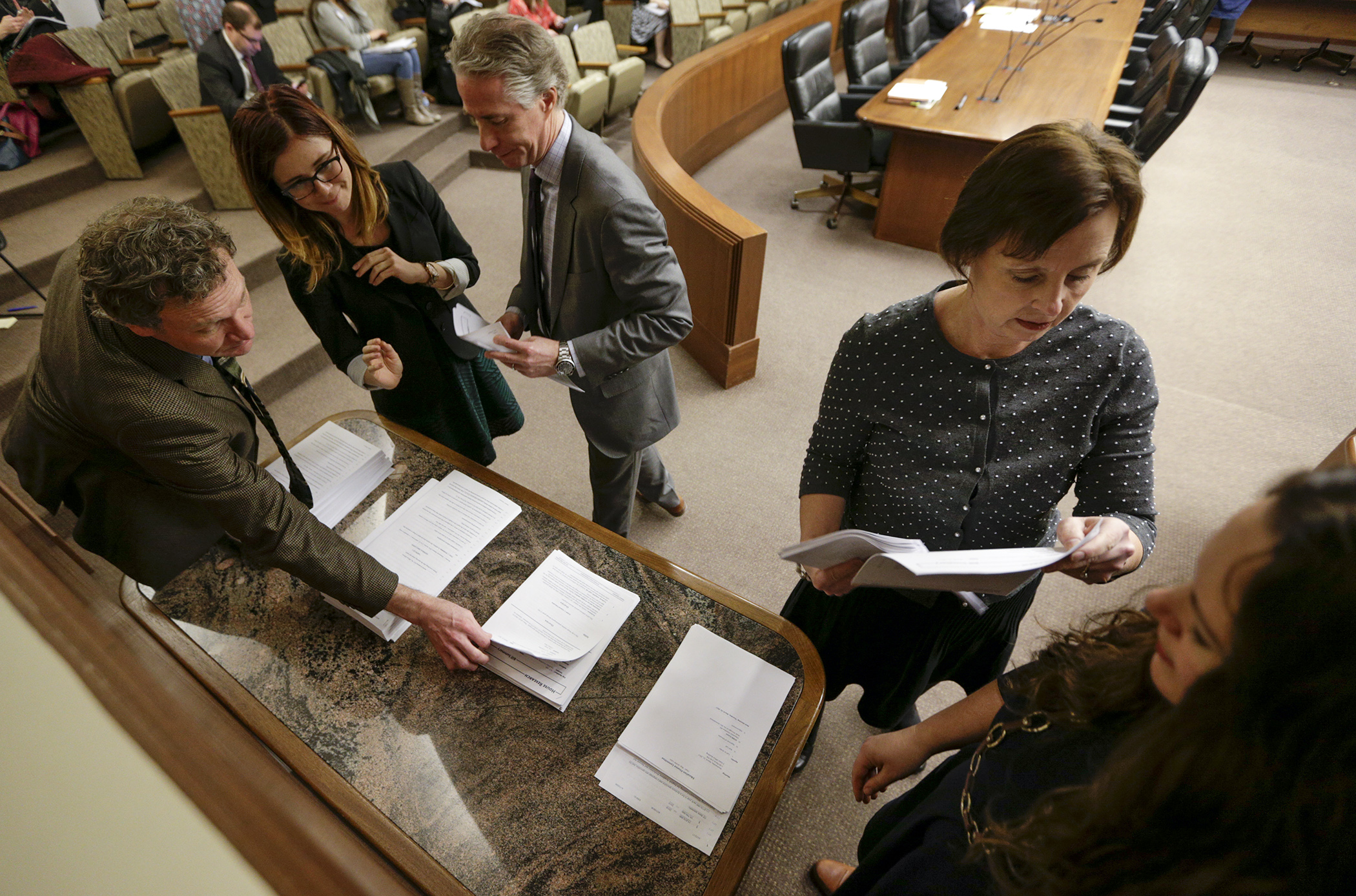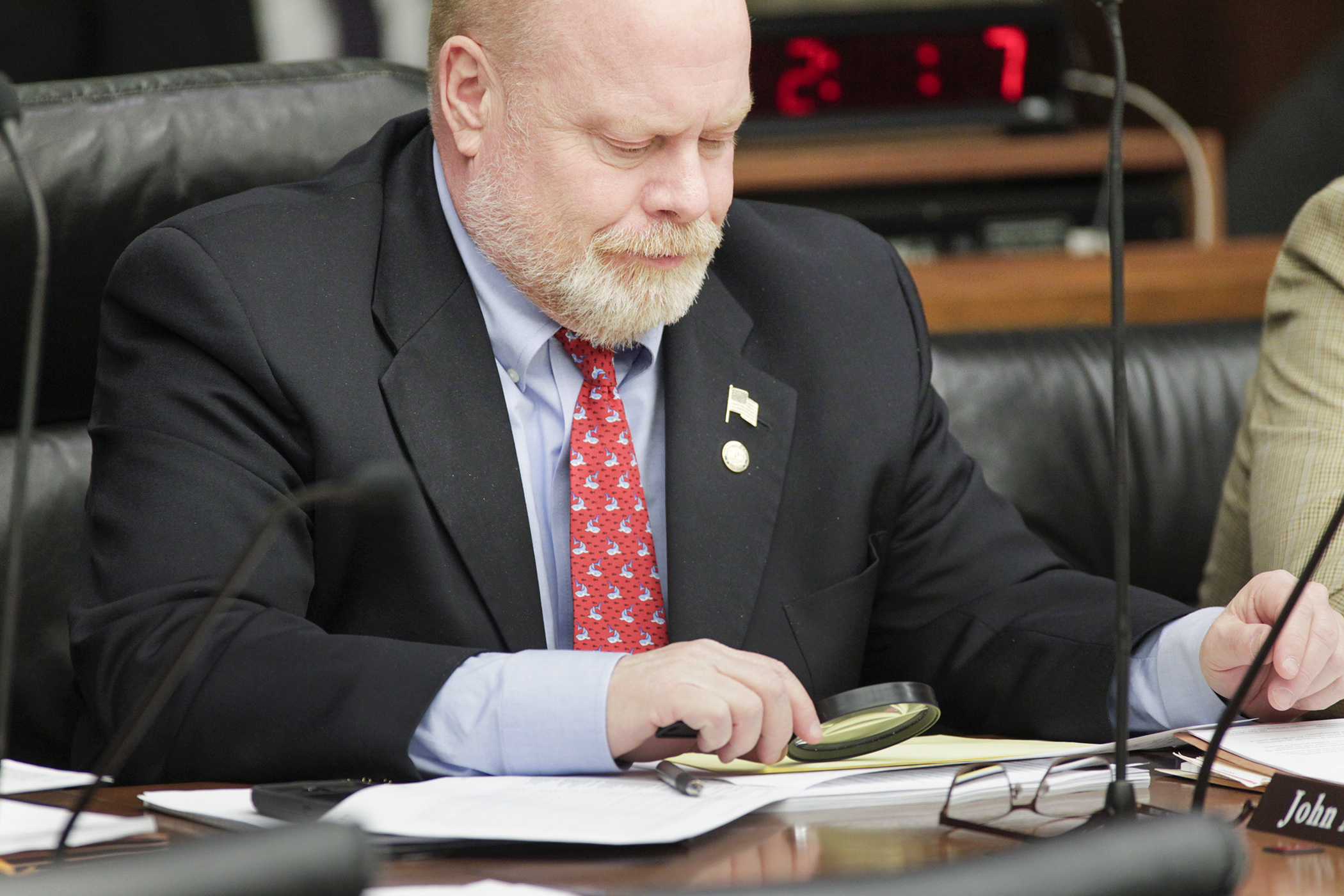Omnibus Ed finance bill offers opportunity in some areas, closes doors in others

After carefully considering Gov. Mark Dayton’s budget recommendations earlier in session, education policymakers are looking to expand the Legislature’s commitment to early education while also closing the doors on two of its struggling schools.
HF890, the omnibus education finance bill, sponsored by Rep. Jenifer Loon (R-Eden Prairie), proposes changes to bolster voluntary pre-kindergarten offerings across the state. It would also close the Perpich Center for Arts Education.
The House Education Finance Committee tabled the bill Wednesday for further discussion. Amendments are expected to be offered and action taken at Friday’s 9 a.m. meeting. Its companion, SF718, sponsored by Sen. Carla Nelson (R-Rochester), awaits action by the Senate E-12 Finance Committee.
The bill would create an office of early education and development with a director appointed by the governor to oversee program implementation and growth. An appropriation of $4 million over the 2018-19 biennium would be allocated to create early education resource hubs across the state.
 Rep. John Poston uses a magnifying glass March 22 to follow along with the spreadsheet of the omnibus education finance bill. Photo by Paul Battaglia
Rep. John Poston uses a magnifying glass March 22 to follow along with the spreadsheet of the omnibus education finance bill. Photo by Paul BattagliaIt would also create a targeted compensatory revenue. Statewide allocations of $11 million in Fiscal Year 2018 and $15 million in Fiscal Year 2019 would be distributed based on students eligible for free and reduced-price lunches.
A large increase in funding would come via a 1.5 percent increase in the General Education Basic Formula, totaling nearly $275 million in General Fund spending over the biennium.
The formula is the backbone on which public school districts stand, providing 63 percent of total E-12 funding in Fiscal Year 2017. Based on how many students are enrolled, it determines the amount of state funding each district is allocated. The per-pupil formula would increase by $91 each year, from $6,067 to $6,158 in Fiscal Year 2018, and $6,249 in Fiscal Year 2019.
However, for all the opportunity it offers, the bill was not met without contention.
Controversial provisions include the elimination of tenure-based priority when recalling teachers from an unrequested leave of absence, the inclusion of “E-Learning”’ days counting as days of instruction during inclement weather, and the elimination of funding for the Perpich Center for Arts Education.
After an Office of the Legislative Auditor report detailed its long-held and continued challenges, the Perpich Center would be defunded, and officially close effective June 30, 2018. Students would be transferred and property sold.
The accompanying Crosswinds Arts and Science School in Woodbury would be conveyed into another school district, likely St. Paul Public Schools.
In the wake of the closures, the bill would establish a new arts education specialist position within the Department of Education that would offer resource services to enhance arts education opportunities in school districts across the state.
Other notable provisions would:
- encourage districts to provide instruction on child sexual abuse prevention to students (nationally known as Erin’s Law);
- include the transportation of students to and from shelter care facilities as a reimbursable expenditure in the special education pupil transportation formula;
- replace the GED with a commissioner-selected high school equivalency test;
- modify open enrollment lotteries to give priority to students who do not currently reside in a school district operating a facility;
- prohibit enrollment discrimination by online learning programs;
- add citizenship and economics to the list of subjects for compulsory instruction;
- require school boards to negotiate an unrequested leave of absence plan with teacher representatives;
- expand the teacher shortage loan forgiveness program;
- establish a grant program to pay agricultural teachers for summer programs; and
- replace the requirement of student-teaching in teacher preparation programs with observed classroom experience.
What’s in the bill?
The following are selected bills that have been incorporated in part or in whole into the omnibus education finance bill:
Related Articles
Search Session Daily
Advanced Search OptionsPriority Dailies
Ways and Means Committee OKs proposed $512 million supplemental budget on party-line vote
By Mike Cook Meeting more needs or fiscal irresponsibility is one way to sum up the differences among the two parties on a supplemental spending package a year after a $72 billion state budg...
Meeting more needs or fiscal irresponsibility is one way to sum up the differences among the two parties on a supplemental spending package a year after a $72 billion state budg...
Minnesota’s projected budget surplus balloons to $3.7 billion, but fiscal pressure still looms
By Rob Hubbard Just as Minnesota has experienced a warmer winter than usual, so has the state’s budget outlook warmed over the past few months.
On Thursday, Minnesota Management and Budget...
Just as Minnesota has experienced a warmer winter than usual, so has the state’s budget outlook warmed over the past few months.
On Thursday, Minnesota Management and Budget...